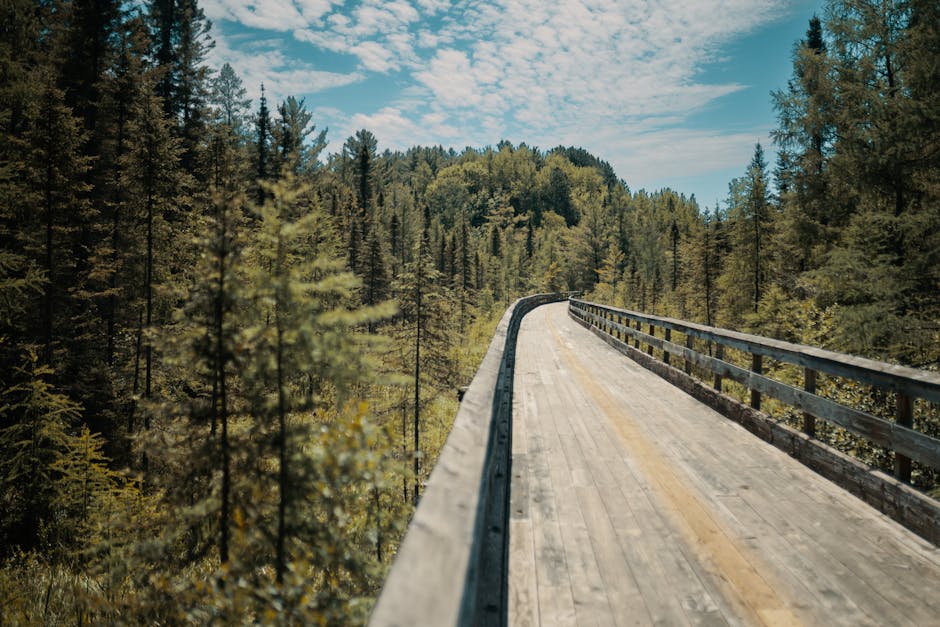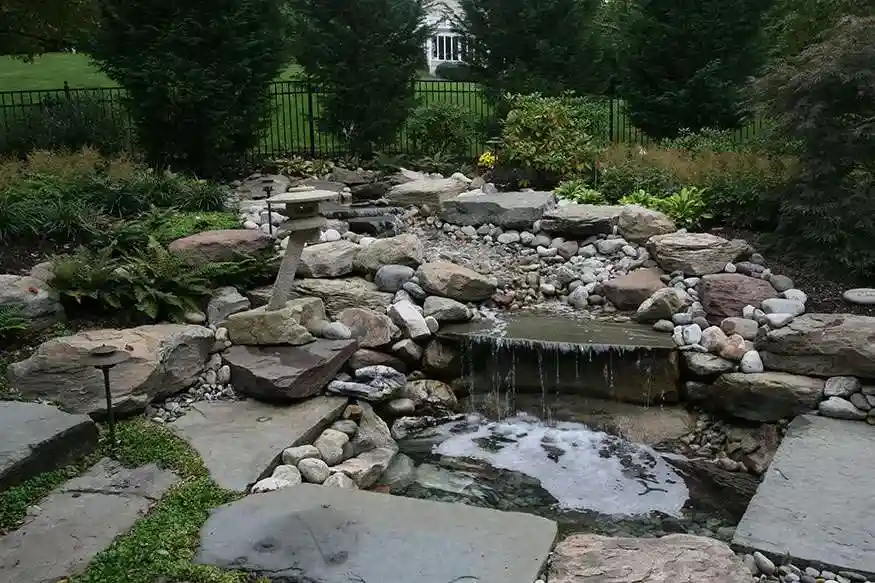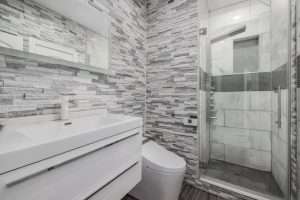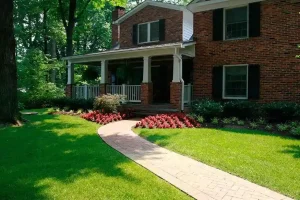Introduction
Garden design ideas can transform any space into a serene retreat or a vibrant showpiece. Whether you have a small backyard or a sprawling lawn, a well-planned garden can enhance your home’s beauty and functionality.
Here are some quick tips to get you started:
- Plan Your Layout: Think about tall plants for privacy, medium plants for focal points, and smaller plants for borders.
- Seasonal Changes: Choose a variety of plants to ensure your garden looks beautiful all year round.
- Embrace Ephemeral Nature: Gardens change with time. Enjoy the process and adapt as needed.
Gardening is an changing art. The joy comes from planning the layout, selecting plants that will thrive through seasonal changes, and embracing the ephemeral nature of your garden.
Experienced gardeners often find delight in the evolution of their spaces. As plants grow and climates change, they adapt their designs, ensuring that each season brings fresh beauty and new challenges. From front yard curb appeal to hidden backyard fortresses, the possibilities are endless.
To see the potential of your garden, let’s explore various design ideas that can fit any space and style.
Berriz Desing - Unique Design &Build Remodeling Services

Planning Your Garden Layout
Planning your garden layout is crucial for creating a beautiful and productive space. Here’s how to organize your garden with tall veggies, mid-sized plants, smaller plants, and pollinator plants.
Tall Veggies
Tall vegetables like tomatoes, corn, and pole beans can provide structure and height to your garden. They are best planted at the northern edge of your garden to avoid shading shorter plants.
Example: In a square-foot garden, you can plant tomatoes in the northernmost squares. This ensures they get enough sun without casting too much shadow on other plants.
Mid-Sized Plants
Mid-sized plants such as peppers, eggplants, and bush beans fit well in the middle rows. They are not too tall to block sunlight and not too short to be overshadowed.
Tip: Group mid-sized plants together in the central part of your garden. This helps in creating a tiered effect, making your garden look fuller and more organized.
Smaller Plants
Smaller plants like lettuce, radishes, and carrots can be planted in the front rows or edges of your garden. These plants need plenty of sunlight and are easy to access for harvesting.
Case Study: A raised garden bed with rows of lettuce and radishes at the front allows for easy picking and maximizes sunlight exposure.
Pollinator Plants
Pollinator plants such as marigolds, lavender, and sunflowers attract bees and butterflies, which are essential for pollination. These plants can be interspersed throughout the garden or placed around the perimeter.
Fact: Pollinator plants not only enhance the beauty of your garden but also improve the yield of your veggies by encouraging pollination.
By thoughtfully arranging your garden with tall, mid-sized, and smaller plants, along with pollinator plants, you can create a harmonious and productive space. This approach ensures all plants get the sunlight they need and makes your garden visually appealing.
Next, we’ll delve into the five elements of garden design to help you create a cohesive and stunning garden layout.
The 5 Elements of Garden Design
Designing a garden involves more than just planting flowers and vegetables. Understanding the five key elements of garden design—line, form, scale, texture, and color—can help you create a cohesive and visually stunning space.
Line
Lines guide the eye and create structure within the garden. They can be straight, curved, horizontal, or vertical. For example, a curved walkway made of flagstones can lead visitors through different garden areas, making the space feel larger and more inviting.
Example: In a side yard garden, using fencing that matches the house materials creates a defined path, making narrow spaces feel more structured and welcoming.

Form
Form refers to the shape and structure of plants and garden features. This includes the overall shape of the garden beds, the silhouette of plants, and the layout of hardscaping elements like arbors or pergolas.
Case Study: The Telegraph Garden at the Chelsea Flower Show used clean lines and symmetrical shapes, like clipped boxwood, to create a modern and relaxing garden.

Scale
Scale ensures that all garden elements are in proportion to each other and the overall space. Balancing tall trees, mid-sized shrubs, and low ground cover creates harmony.
Tip: Use tall plants like arborvitae to create a focal point in a narrow space, and low-spreading grasses to make the area appear wider.
Texture
Texture adds depth and interest to your garden. It can be found in the leaves of plants, the bark of trees, or the materials used in hardscaping. Combining different textures can make your garden more engaging.
Example: A shade garden with ferns and hostas of varying leaf textures can create a restful and elegant ambiance, as shown by Gladys King on Hometalk.

Color
Color brings life and mood to your garden. Using a cohesive color palette can make a small space feel larger and more unified. Complementary colors, like purple and yellow, can make each other stand out.
Fact: In a townhouse courtyard, using a minimal color palette of purple and yellow made the space appear larger and more cohesive.
Understanding these five elements can help you design a garden that is not only beautiful but also functional and balanced. Next, we’ll explore some free tools that can make landscape design easier and more fun.
Free Tools for Landscape Design
Designing a garden can seem overwhelming, but there are free tools that can make the process easier and more enjoyable. These tools allow you to experiment with different layouts, plants, and features without spending a dime.
Plan-a-Garden
One popular tool is Plan-a-Garden. This online tool offers a user-friendly interface where you can create custom garden layouts. It has a library of plants, structures, and garden accessories to choose from. You can visualize how different elements will look together and make adjustments before planting.
Example: Jane used Plan-a-Garden to design her small urban garden. She experimented with different plant placements and finally settled on a combination of herbs and flowers that thrive in her USDA Hardiness Zone.
Drag-and-Drop Functionality
Many garden design tools feature drag-and-drop functionality. This allows you to easily move plants, paths, and garden features around your layout. It’s a great way to see how different arrangements will look and feel without any physical labor.
Tip: Use drag-and-drop to try out various layouts for your garden beds. You might discover a more efficient or aesthetically pleasing arrangement that you hadn’t considered.
Experimentation
One of the best aspects of using free garden design tools is the ability to experiment. You can test different ideas, such as mixing perennials with annuals or creating a themed garden, without any commitment. This flexibility helps you find the perfect design for your space and style.
Case Study: In her backyard, Lisa experimented with a Mediterranean garden theme using free design tools. She played around with different placements of lavender, rosemary, and olive trees until she found the perfect balance.
These free tools can simplify the process of designing your garden, making it both fun and educational. Next, we’ll dive into ideas for making your garden beautiful with flowering plants, weed control, and more.
Making Your Garden Beautiful
When it comes to garden design ideas, beauty and functionality go hand in hand. Here’s how you can enhance your garden with flowering plants, effective weed control, thoughtful grouping, artistic touches, and more.
Flowering Plants
Flowering plants are the heart of any beautiful garden. They add color, fragrance, and attract pollinators like bees and butterflies.
Tip: Choose a mix of perennials and annuals. Perennials, like daylilies and coneflowers, come back year after year. Annuals, like marigolds and petunias, provide vibrant color throughout the growing season.

Weed Control
Weeds can quickly take over a garden, stealing nutrients and water from your plants. Effective weed control is essential.
Pro Tip: Use mulch to conserve moisture and prevent weeds. Organic mulches like bark or straw also improve soil quality as they decompose.
Grouping Plants
Grouping plants by their needs and characteristics can create a cohesive and healthy garden.
Example: Place tall plants like sunflowers at the back, mid-sized plants like tomatoes in the middle, and smaller plants like basil at the front. This not only looks good but also ensures each plant gets the light it needs.
Garden Art
Garden art can add personality and focal points to your space. Statues, urns, and birdbaths are popular choices.
Case Study: Hilary transformed her backyard with a mix of garden art, including a central fountain and decorative urns. These elements provided focal points and enhanced the garden’s visual appeal.
Pots
Using pots is a flexible way to add beauty and functionality to your garden. Pots are perfect for small spaces or for plants that need special soil conditions.
Tip: Choose pots of different sizes and colors to create visual interest. Terracotta pots, for example, are great for herbs and add a classic touch.
Edible Flowers
Edible flowers like nasturtiums and pansies can add beauty to your garden and flavor to your meals.
Fun Fact: Nasturtiums are not only pretty but also completely edible, with a peppery taste that’s perfect for salads.
Diversity and Unity
Creating a garden that is both diverse and unified is key to its beauty. Diversity ensures that your garden is interesting and resilient, while unity ties everything together.
Example: Combine a variety of plants with different heights, textures, and colors, but use a common theme or color palette to maintain unity. This could be as simple as using the same type of mulch or repeating a particular plant throughout the garden.
By incorporating these elements into your garden design, you can create a space that is not only beautiful but also functional and enjoyable. Next, we’ll explore garden design ideas for various spaces, from small urban gardens to expansive rural retreats.
Garden Design Ideas for Various Spaces
Small Garden Design
Container gardening is perfect for small spaces. Use pots, hanging baskets, or repurposed items to grow herbs, flowers, or vegetables. Containers allow you to move plants around easily to catch the best sunlight and create a dynamic look.
Vertical Spaces
If you’re short on square footage, go up! Vertical gardens can transform a tiny area. Use trellises, pallets, or hanging planters to grow climbing plants like tomatoes or flowering vines. This not only saves space but adds visual interest to walls or fences.
Green Walls
Green walls are another great solution for small gardens. They can be as simple as a few pots mounted on a wall or as complex as a fully integrated living wall system. These walls can grow herbs, succulents, or even small flowers, making your space lush and green without taking up ground area.
Large Garden Design
Meadow Inspiration
For larger spaces, consider creating a meadow garden. This type of garden mimics natural ecosystems and can be filled with native grasses, wildflowers, and perennials. Meadow gardens are low-maintenance and attract a variety of wildlife.
Butterfly Gardens
Butterfly gardens are a beautiful and functional choice for larger spaces. Plant milkweed, coneflowers, and asters to attract and support butterflies. This not only enhances the visual appeal but also helps in pollination.
Bee-Friendly Plants
Bees are crucial for a thriving garden. Plant bee-friendly flowers like lavender, sunflowers, and zinnias. These plants provide nectar and pollen, helping bees while making your garden vibrant and lively.
Specialized Garden Themes
Zen Garden
A Zen garden offers a space for quiet contemplation. Use rocks, sand, and minimalistic plants like moss or bonsai trees. The design should be simple and serene, focusing on clean lines and natural elements.
White Garden Oasis
A white garden is perfect for evening relaxation. Plant white flowers like lilies, hydrangeas, and roses. Use white gravel or pavers to enhance the effect. This creates a serene, glowing space that’s perfect for nighttime enjoyment.
Mediterranean Garden
Even if you don’t live in a dry climate, you can still achieve the Mediterranean look. Use drought-tolerant plants like lavender, rosemary, and olive trees. Incorporate terracotta pots and gravel paths for an authentic feel.
Tropical Garden
Create a tropical paradise with lush, large-leafed plants like banana trees, ferns, and palms. Add a water feature or a small pond to enhance the tropical atmosphere. This garden style evokes a sense of far-off destinations and serenity.
By choosing the right garden design ideas for your space, you can create a garden that is both beautiful and functional, no matter the size or style.
Trends in Gardening for 2024
Sustainability
In 2024, sustainability is at the forefront of garden design. Gardeners are increasingly choosing eco-friendly practices to reduce their environmental impact. This includes using organic fertilizers, composting, and implementing water-saving techniques like drip irrigation.
Pro Tip: Mulching your garden beds can help retain moisture and reduce the need for frequent watering.
Eco-Friendly Options
Eco-friendly options are more popular than ever. Homeowners are trading traditional lawns for more sustainable alternatives like clover lawns or decorative gravel. These choices not only save water but also reduce the need for chemical fertilizers and pesticides.
Example: A mixed planting bed with drought-tolerant plants such as succulents and ornamental grasses can create a stunning, low-maintenance garden.
Native Plants
Using native plants in your garden is a growing trend with numerous benefits. Native plants are adapted to the local climate and soil, making them easier to care for and more resilient. They also support local wildlife, promoting biodiversity.
Fun Fact: Native plants often require less water and fewer pesticides, making them a cost-effective and environmentally friendly choice.
Outdoor Lighting
Outdoor lighting is another trend gaining traction in 2024. With advancements in LED technology, homeowners can create beautifully lit gardens that are both energy-efficient and visually stunning. From pathway lights to spotlighting trees, outdoor lighting extends the usability of your garden into the evening hours.
Pro Tip: Solar-powered lights are a great eco-friendly option that doesn’t add to your electricity bill.
By incorporating these garden design ideas, you can create a space that is not only beautiful but also environmentally responsible.
Next, we’ll explore how Berriz Design Build can help you enhance your garden with luxury landscape design and exceptional customer service.
Enhancing Your Garden with Berriz Design Build
When it comes to transforming your garden, Berriz Design Build offers a blend of luxury landscape design, timeless beauty, and exceptional customer service.
Luxury Landscape Design
At Berriz Design Build, we believe that every garden should be a luxurious retreat. Our approach focuses on creating outdoor spaces that are not only functional but also aesthetically stunning. Imagine a garden where natural stone pathways meander through lush greenery, where sophisticated water features provide a soothing backdrop, and where every element is meticulously designed to reflect your personal style.
Case Study: In Palo Alto, a client wanted a private yet elegant front yard. We designed a concrete wall for privacy and retained existing boxwoods and a dogwood tree as per the client’s wishes. The result was a serene, luxurious space that felt both secluded and welcoming.
Timeless Beauty
Our designs aim for timeless beauty. We select materials and plants that not only look good now but will also age gracefully. Whether it’s the classic appeal of a rose garden or the enduring charm of a Zen space, our goal is to create gardens that will be enjoyed for generations.
Example: One of our projects in Colorado featured lupine, salvia, and soapwort spilling over dry stack walls to replicate an alpine mountain display. This not only provided seasonal bursts of color but also ensured a lasting, beautiful landscape.
Exceptional Customer Service
We pride ourselves on delivering exceptional customer service. From the initial consultation to the final walk-through, our team is dedicated to making your garden renovation experience seamless and enjoyable. We understand that every project is a significant investment, and we’re committed to providing transparent communication and personalized advice throughout the process.
Testimonial: “Berriz Design Build transformed our backyard into a luxurious oasis. Their attention to detail and commitment to our vision made the entire process enjoyable. We couldn’t be happier with the results!” – A satisfied customer in Northern Virginia
Ready to transform your garden with luxury and timeless beauty? Visit our services page to get started on your project today.
Next, we’ll dive into the latest trends in gardening for 2024, including sustainability and eco-friendly options.
Conclusion
As we wrap up our journey through various garden design ideas, let’s focus on some key takeaways that can help you create a garden that thrives year-round.
Seasonal Planning is crucial. Different plants bloom at different times, so planning for all seasons ensures your garden remains vibrant and colorful throughout the year. For example, spring bulbs like tulips and daffodils can give way to summer perennials such as coneflowers and daylilies. Fall can be highlighted with chrysanthemums and asters, while winter interest can be maintained with evergreens and ornamental grasses.
Right Plant, Right Place is a mantra every gardener should live by. Ensuring that each plant is placed in its ideal environment—considering factors like sun exposure, soil type, and water needs—can make all the difference. For instance, sun-loving plants like lavender and succulents will thrive in sunny spots, while shade-loving plants like hostas and ferns will do well in more sheltered areas.
At Berriz Design Build, we understand the importance of these principles and are here to help you implement them. Our team of experts offers personalized advice and tailored designs to fit your unique needs and preferences. Whether you’re looking to create a tranquil retreat or a vibrant garden, we provide comprehensive landscape remodeling services to bring your vision to life.
Why Choose Berriz Design Build?
- Tailored Designs: We match you with a professional landscape designer familiar with your region, ensuring that your design is both beautiful and functional.
- Quality Craftsmanship: Our team of designers, architects, and builders work together to deliver award-winning craftsmanship and consistent results.
- Exceptional Customer Service: We prioritize transparent communication and personalized advice, making sure you’re involved and informed at every step.
- Comprehensive Solutions: From garden beds to outdoor kitchens, we cover all aspects of landscape remodeling, ensuring your backyard is perfect for you and your family.
Ready to transform your garden into a perfect retreat? Visit our landscape remodeling services page to learn more and get started on your project today. Let’s make your dream garden a reality together.






